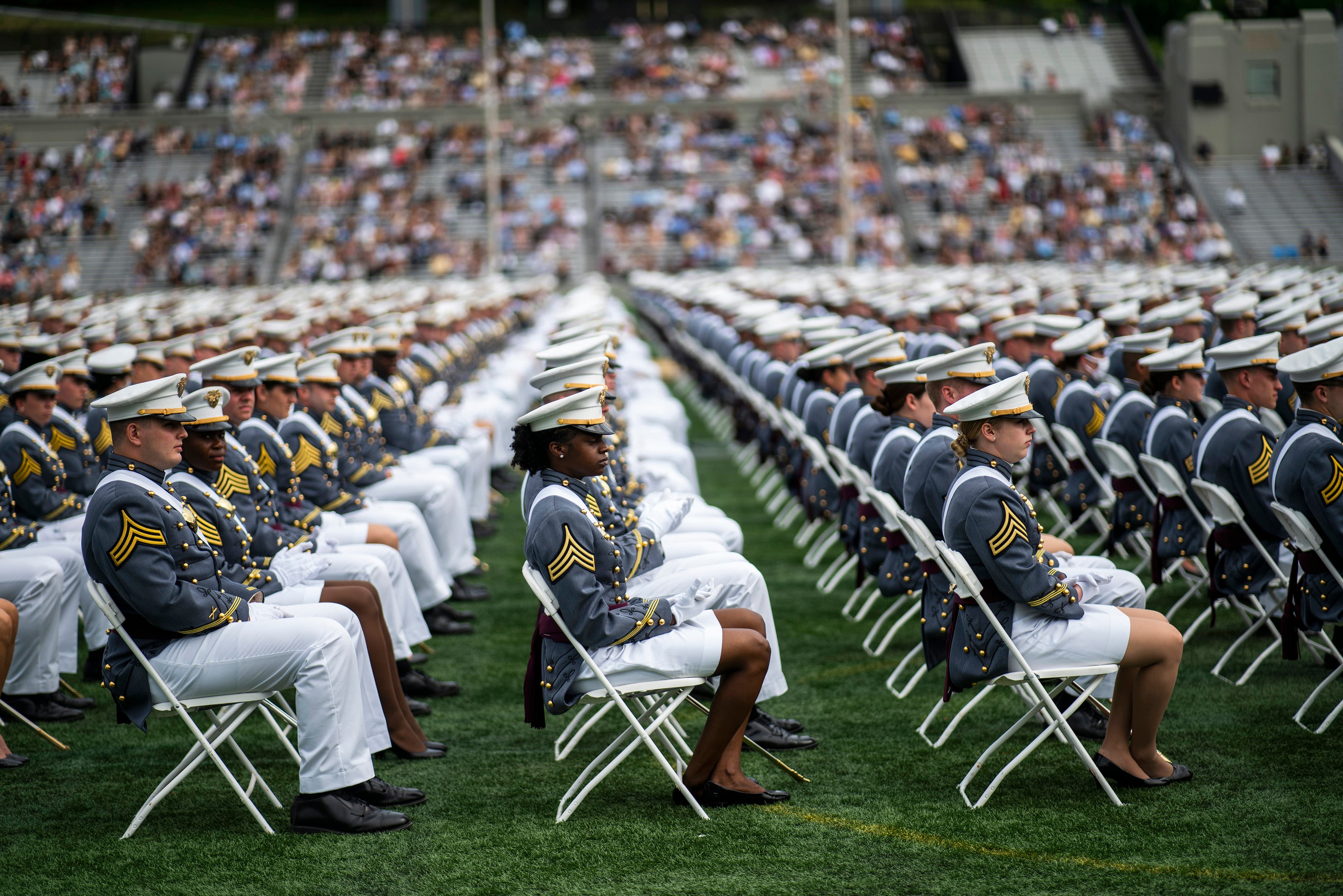For more than half a century, the U.S. military has fielded programs to promote a more cohesive workplace of people from different backgrounds, with the mantra that diverse backgrounds and experiences set America’s force apart and make it the best in the world.
Never have senior officials beat that drum more loudly than in recent years, as the number of American youth both qualified and interested in serving has fallen off a cliff, forcing the military services to tap into regions and demographics they’ve not traditionally focused on.
But at the same time, a growing conservative movement is deriding diversity, equity and inclusion programs as overtaking national security priorities, or alienating troops who did not expect conversations about racial justice to figure into their military service and discouraging Americans from sending their children to the recruiters’ office.
Balance, meet buzz saw
Pentagon leaders spent a lot of time on Capitol Hill in recent weeks talking about threats to the United States – not China’s military build-up, North Korean missile launches or Russia’s invasion of Ukraine. Instead, Republicans have argued that Pentagon programs that promote diversity, equity and inclusion are taking over Defense Department priorities.
They aren’t happy that Defense Secretary Lloyd Austin ordered a DoD-wide stand-down back in 2021 to discuss extremism’s corrosive effect on the military, either.
Austin and Army Gen. Mark Milley, chairman of the Joint Chiefs of Staff, went multiple rounds during armed services committee hearings arguing that such educational programs amount to a couple hours of annual training for the vast majority of troops.
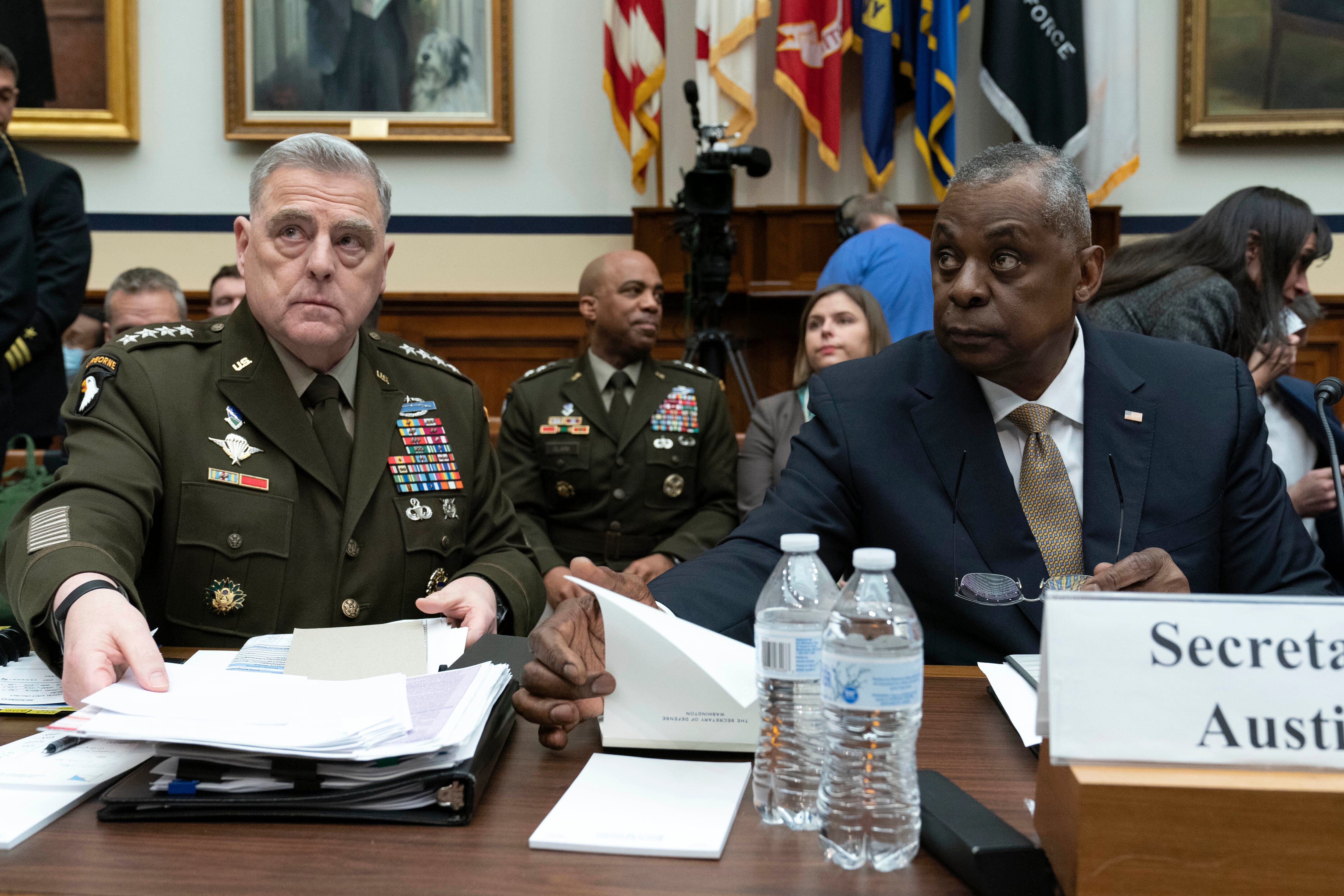
“We are a diverse nation. Our military should look like the nation that it defends, and it does. And I truly believe that diversity makes us stronger. It brings different cultures, different ideas together. And we set a great example for the world wherever we go,” Austin said March 28 during a House Armed Services Committee hearing, the day after appearing before the same committee in the Senate.
The discussion showed a partisan divide so wide that it was as if the two sides were living in separate realities.
Republicans argued that minorities are already overrepresented in the military and demanded pledges that no service member would be promoted based on any sort of demographic information, while Democrats opined on the long-held view that diversity is necessary to readiness, and necessary to recruiting top talent.
“It’s a false choice to say that we have to choose between embracing and strengthening diversity, and building an effective and formidable military,” said Rep. Andy Kim, D-N.J., during a March 23 House Armed Services Committee hearing on the Pentagon’s diversity efforts. “As our witnesses have stated, diversity is instead essential to our effectiveness; it does not distract, it focuses.”
Rep. Veronica Escobar, D-Texas, also openly voiced her exasperation with the back-and-forth.
“What we’ve seen here today, frankly, it’s really embarrassing. And it is a little depressing,” she said.
What is “diversity, equity and inclusion” aka DEI?
From the Pentagon’s own office of diversity, equity and inclusion website, the goal is to “focus its efforts on emerging talent to ensure that we successfully attract, recruit, develop and retain a highly-skilled Total Force capable of meeting current and future mission requirements.”
The 2020 National Defense Authorization Act (NDAA), passed by Congress and signed by then-President Donald Trump, requires the Pentagon to implement a five-year plan to expand DoD’s diversity, equity and inclusion, from who it hires and promotes to how troops treat each other.
“As we follow that plan, we allocate resources to make sure that we’re doing the right thing,” he told lawmakers Wednesday. “In terms of promotions, we promote best-qualified.”
And DoD isn’t asking for much, in Pentagon terms, to fund it, requesting just $115 million for diversity programs for 2023. But that’s $27 million more than last year, Rep. Jim Banks, R-Ind., pointed out.
“Does that mean that what you did last year didn’t work and that’s why you need $27 million more?” he asked Austin March 28. “And how much is it going to take if you’re already failing?”
The tough questioning may foreshadow a GOP-led effort to slice out any portions of the upcoming defense budget slotted for diversity programs. They have asked the Pentagon to provide dollar amounts spent on training and employing DEI professionals, possibly with an eye to defunding some of those efforts.
There is also the possibility some proposed legislation to limit or revamp diversity training could end up in the next NDAA, though without any bipartisan support, those initiatives are not likely to make it into a final version of the law.
But not only did Trump sign the 2020 NDAA continuing diversity programs – his defense secretary embraced the conversation, launching an in-house working group to make the Pentagon more inclusive after the 2020 murder of George Floyd.
RELATED
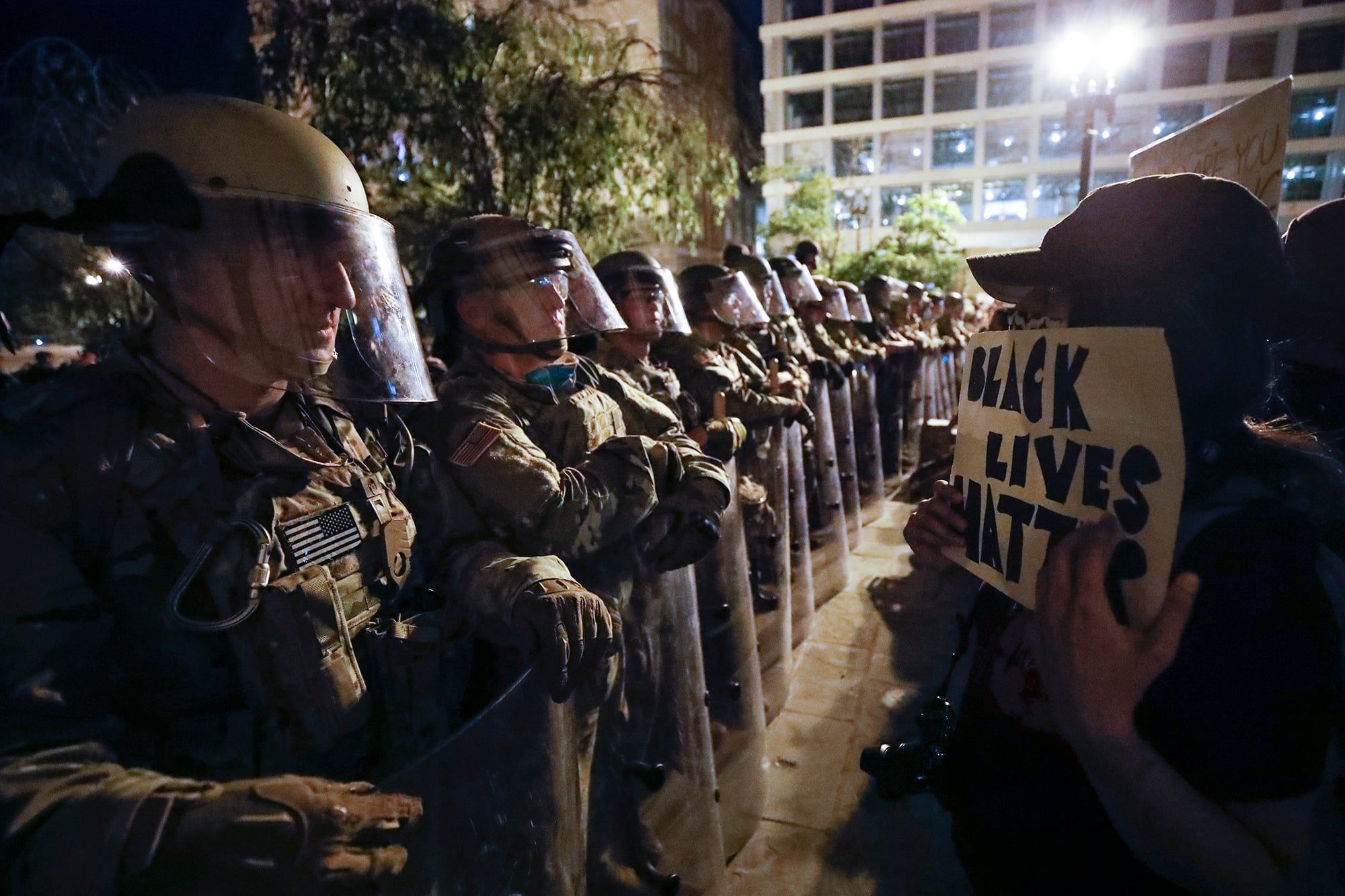
“I don’t think what everybody appreciated — at least me, personally — is the depth of sentiment out there among our service members of color, particularly Black Americans, about how much the killing of George Floyd — and the other incidents that preceded it and succeeded it — had on them and what they were experiencing in the ranks as well,” Esper said during a virtual appearance at the Aspen Security Forum in 2020.
One immediate change Esper approved was removing photographs from the packets military officials use to evaluate troops for promotion, forcing them to rely on candidates’ recorded accomplishments and evaluations instead of how they look.
It was one change in a long history of changes. The 2009 NDAA established the Military Leadership Diversity Commission, which issued a report with another five-year plan to implement diversity initiatives aimed at notoriously white, male military leadership.
It set 18 goals for improving diversity, but a 2022 inspector general report found DoD fulfilled only six of them in the following decade, due to a lack of implementation plan and oversight.
This is not uncommon among DoD diversity training and programs, according to Marek Posard, a military sociologist and researcher with Rand Corp.
“It’s very fragmented. There isn’t this overlord of training,” Posard told Military Times.
The current diversity program is the latest iteration of the 52-year-old Military Equal Employment Opportunity program, Posard said, first instituted in the services during a time of full-on race riots in the military.
In 1971, fist fights in the barracks at Travis Air Force Base, Calif., escalated to a building catching fire, killing a civilian first responder. The following year, another race riot broke out on the aircraft carrier Kitty Hawk after a Black sailor dared take a second sandwich at lunch, sparking a shouting match that devolved into a ship-wide melee.
It’s incidents like that, not progressivism, which fueled early equal opportunity training courses, according to retired Lt. Gen. David Barno, who testified before the House Committee on Oversight and Accountability on March 28.
“And I think a lot of people don’t realize, at least in the force, why we have this to begin with ― which is to ensure that we can have a productive conversation on race, gender, or sexual orientation, so we don’t have things blow up”
— Marek Prosard, military sociologist at Rand Corp.
“In my first days at West Point, I got a class on race relations in a military that was fraught with racial tensions, with drug abuse, with indiscipline,” said Barno, now a visiting strategic studies professor at the Johns Hopkins School of Advanced International Studies.
“The president of that time was Richard Nixon, and the secretary of defense was Melvin Laird,” two conservative Republicans who nevertheless “maintained this was an important program,” he said, adding that it helped him lead troops for the rest of his career.
Rep. Glenn Grothman, R-Wis., opened te March 28 hearing proclaiming that “the Biden administration is more focused on how cadets at military academies use correct pronouns rather than to learn how to lead work as a team or defend our nation,” later lamenting “the woke stuff” without providing any concrete examples of the diversity discussion overtaking the focus on defending the country.
But when you’re dealing with national security, or life-and-death missions, the negative effects of widespread social tensions are stark, Posard maintained.
“And I think a lot of people don’t realize, at least in the force, why we have this to begin with ― which is to ensure that we can have a productive conversation on race, gender, or sexual orientation, so we don’t have things blow up,” Posard said.
‘Man hours’
The conservative refrain at these recent hearings has been that the focus on diversity is actually allowing adversaries to surpass the U.S. in readiness.
But the Sergeant Major of the Army Michael Grinston testified that at Army basic training, discussing the importance of diversity and inclusion made up a tiny sliver of time spent.
“When I looked at it, there is one hour of equal opportunity training in basic training, and 92 hours of rifle marksmanship training,” he said, during House Armed Services Committee testimony on March 9.
That one hour is part of DoD’s mandatory training program, which includes initial training upon entering the service and then once a year thereafter, to include diversity, sexual harassment, sexual assault, civil unrest and more.
As an example, the Army’s 101st Airborne Division has an annual two-hour training module that includes sections on equal opportunity, operational security, combating human trafficking, employee safety, controlled unclassified information and a host of other topics.
In short, Republican lawmakers spent more time holding hearings and questioning Pentagon senior leaders on diversity training in March than the average service member will spend fulfilling diversity training all year.
But those same lawmakers have gotten stuck on one specific estimate, from the Joint Staff, which counted millions of man hours spent on a one-time program from 2021. In response to a request from Senators in 2021, the Joint Staff estimated that every one of more than 2 million service members spent about two hours on the discussion, submitting that roughly 5.9 million man hours were expended.
“War is hell. You know that better than anybody. Every recruit should know that. But in the last two years, we put them through a different kind of hell,” Sen. Tommy Tuberville, R-Ala., said during the March 28 SASC hearing, referring to the extremism stand-down, a response to reports of service member and veteran participation in the Jan. 6 riot at the Capitol.
Every service member and DoD civilian completed some form of training addressing domestic violent extremism, particularly going over the department’s rules for participating in anti-government, supremacist or otherwise political extremist groups. After taking multiple questions on that 5.9 million man hours statistic, Milley clarified to the Senate Armed Services Committee that the estimate was out of more than 2 billion man hours expended weekly across the Defense Department, factoring in service members, civilians and contractors and a 10-hour work day.
RELATED
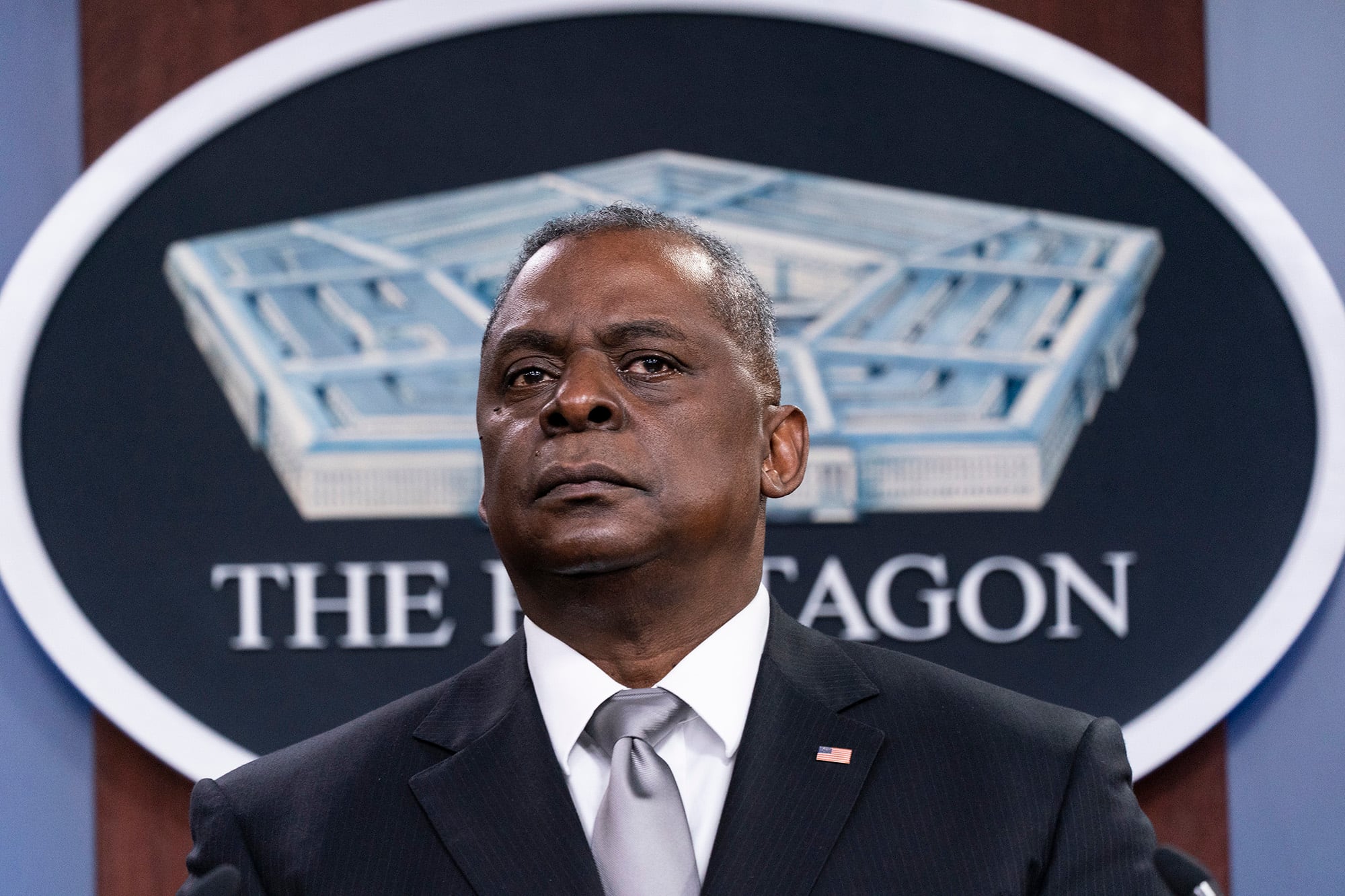
Is diversity lacking?
With 50 years of a required emphasis on diversity, the statistics show that the services are more integrated than ever.
Roughly 17% of the force is Black, compared to 14% of the American population; 17% are Hispanic or Latino, compared to roughly 19% in the overall U.S; and 19% are women, a number that has grown in recent decades as more military specialties have fully integrated by gender.
“In fact, the military is over represented compared to society,” Rep. Mike Waltz, R-Fla., said during a House Armed Service Committee personnel hearing March 23 on the “impacts of DEI,” though that assertion doesn’t hold across all ranks or services, according to research from the Council on Foreign Relations, published in 2020.
It shows that for Black and Hispanic troops, there are half as many officers as enlisted members, and even fewer among the highest ranks, while officers and senior officers are disproportionately white.
“In terms of diversity, when you have it adequate, you have sufficient representation,” Posard, the sociologist, said. “But that doesn’t mean that the job is done, right?”
For example, across the senior-most positions at DoD, you still see a lot of firsts: the first Black defense secretary in Lloyd Austin, the first female Army secretary in Christine Wormuth, the first Black service chief in Air Force Gen. Charles “CQ” Brown, the first combatant commander in the Army in Gen. Laura Richardson of U.S. Southern Command, the first female senior enlisted leader in Chief Master Sergeant of the Air Force Joanne Bass.
While there has been progress, many troops still report feeling a racial divide. Respondents to multiple Military Times surveys have noted white supremacist and extremist language and sentiments in their workplaces.
In 2022, a Blue Star Families survey found that military culture still has some work to do when it comes to seeing everyone as green.
“Off-color jokes, racial slurs, and discriminatory comments that are (erroneously) used to build a sense of camaraderie negatively affect active-duty service members, spouses, and Veteran respondents of color,” the report found.
Among survey respondents, 10% of active-duty spouses of color said they had been subject to “slurs or jokes” at least five times since January 2020, from other members of the military community.
Stoking a divide?
Preparedness for conflict aside, Republican lawmakers said repeatedly over the course of March’s hearings that diversity training was causing division in the ranks, spilling over into the American consciousness and affecting the already tough recruiting environment.
“Do you think that has anything to do with the morale that has been killed and determined that DEI and [critical race theory] has become the priority over increased lethality and readiness of our U.S. forces?” Mills, the Florida congressman and Army veteran, asked Cisneros, a Navy veteran, during the March 23 hearing.
Mills contended that he never received diversity training while serving, from 1999 to 2004.
Cisneros responded that “readiness of our forces is the most important thing,” adding, “When I was in the military, we did have diversity training. We did have equal opportunity training,” having served as an enlisted sailor and later officer from 1999 to 2004.
Conservatives have pointed to the latest Reagan National Defense Survey as evidence that the “politicization” of the military is contributing to the struggle to recruit, specifically the Army’s 2022 shortfall of 15,000 new soldiers.
But while the Reagan survey specifically asks about “confidence” in the military, it doesn’t ask about recruiting, nor home in on the 18-to-24-year-old demographic that DoD is looking for.
RELATED
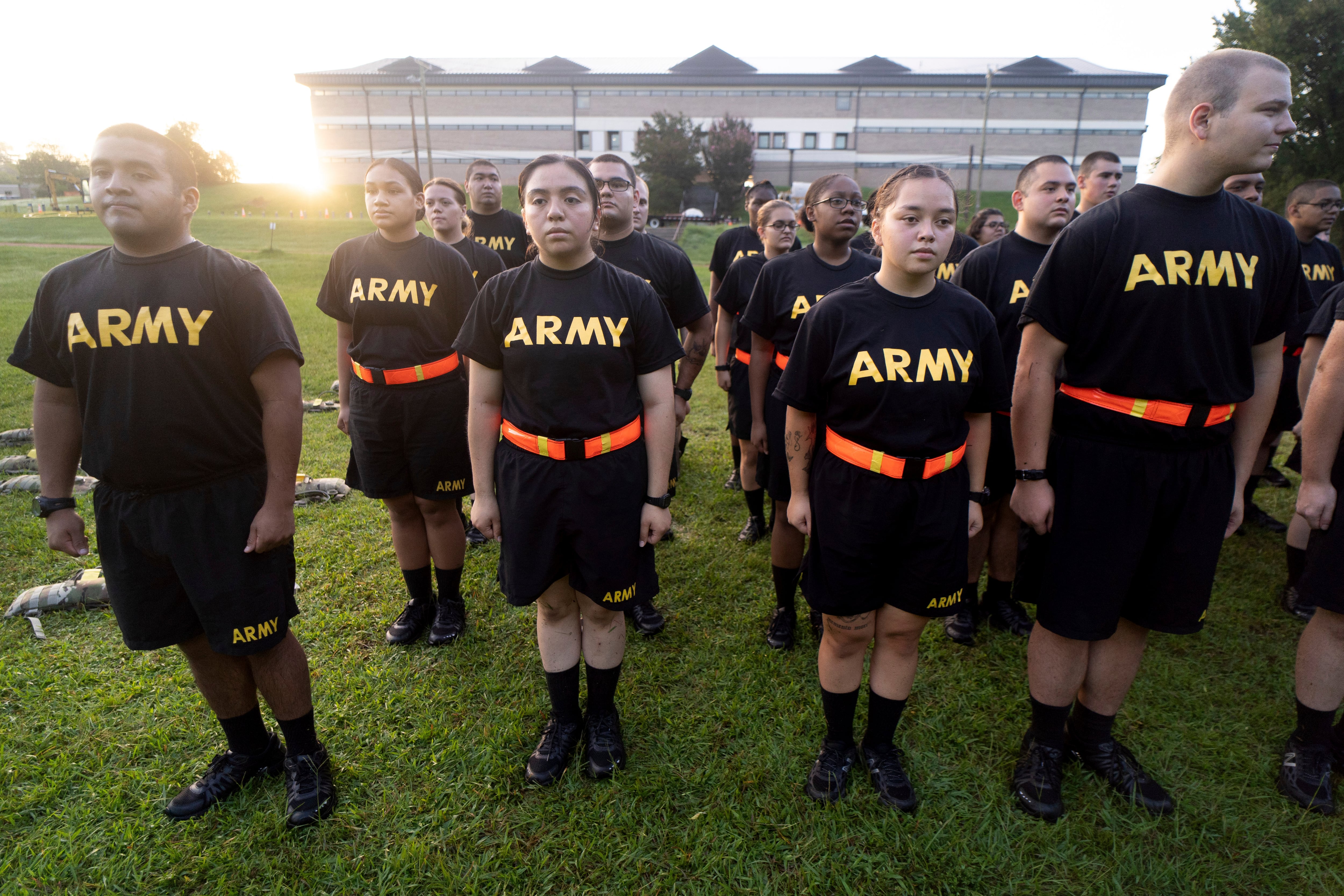
In fact, DoD surveys done multiple times annually find that young people’s biggest reasons for not joining the military are concerns about death or injury, followed by concerns about developing post-traumatic stress.
“I am offended at the implication that conducting extremist training means that our military is filled with extremists. Just as I personally am appreciative of the fact that we have [Sexual Harassment and Assault Response and Prevention] training,” Sen. Tammy Duckworth, D-Ill., an Army combat veteran, said during the March 28 SASC hearing. “And by conducting SHARP training, we’re not saying that every member of the military is a harasser or a perpetrator of military sexual assault.”
No DoD official has ever asserted that military ranks are filled with extremists. Austin has repeated multiple times, including in recent testimony, that he believes 99.9% of troops are following regulations when it comes to domestic extremism participation.
Republicans haven’t made clear what their next steps are. They have power to write piecemeal legislation or include provisions in the next NDAA, but without bipartisan support ― or the widespread support of other Republicans ― it may not go anywhere.
“We will be looking at ways to address these issues in both individual legislation and the NDAA,” James Hewitt, a Waltz spokesman, told Military Times on Monday.
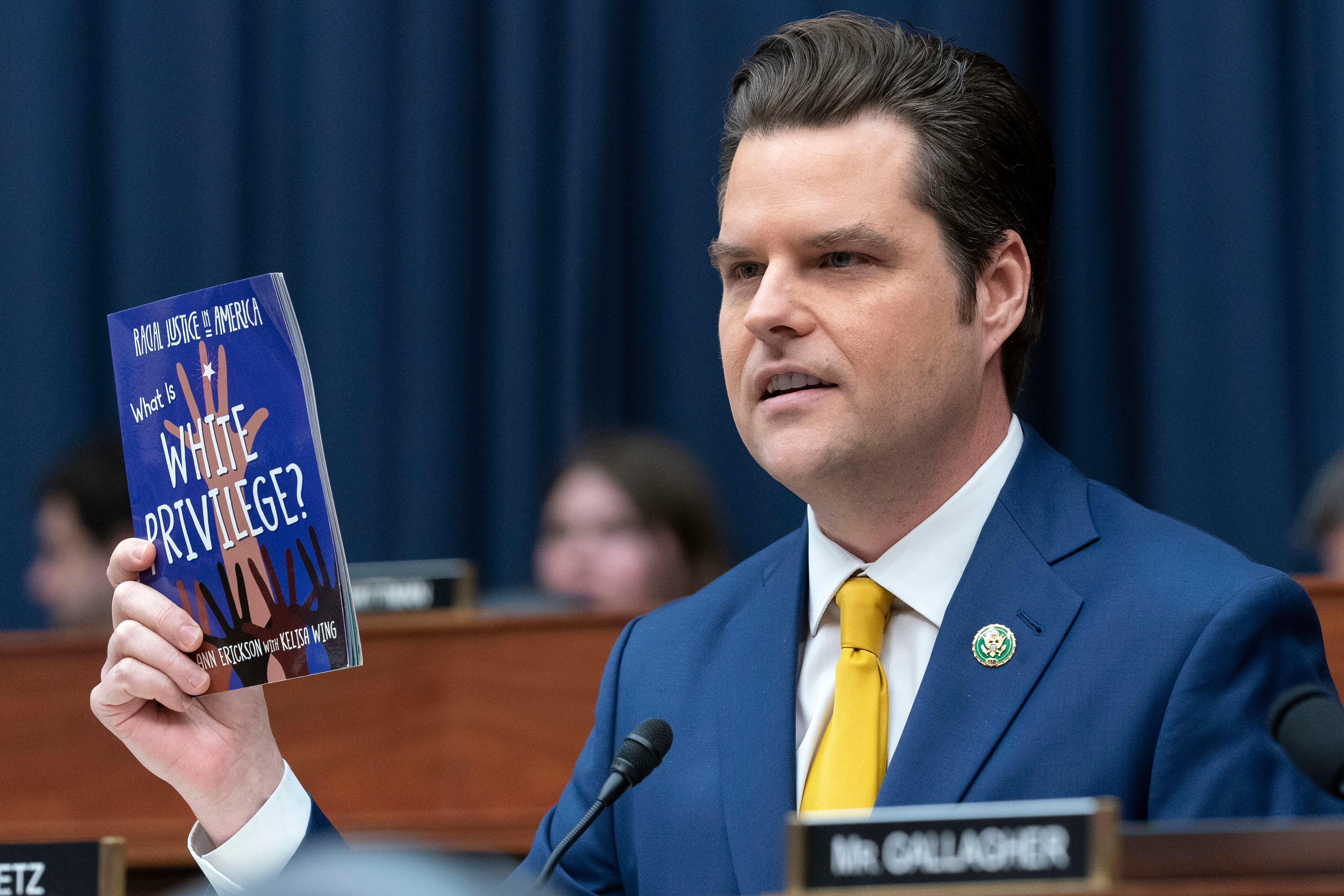
Rep. Adam Smith, D-Wash., ranking member of the House Armed Services Committee, told Military Times that while he doesn’t see DEI overtaking any national security priorities, he couldn’t say how much the Republican rhetoric will figure into this year’s legislative discussions.
“Certainly, there are a few members of Congress who are obsessed with this and focusing on it a lot,” Smith told Military Times in an interview. “But in terms of more senior leadership, and DoD, no, it is not an obsessive focus. We just have to deal with those couple of members who have decided to make a big deal out of it.”
From Smith’s perspective, the amount of time some Republican lawmakers have spent lamenting diversity programs may actually be contributing to any belief by the average American that the U.S. military is spending an outsize amount of time on DEI.
“You’ve got this narrative out there that is trashing our military … what I’m still quite confident is the best fighting force in the world. And you hear some of these Republicans talking about, you know, how terrible it is and then they come back and say, this is starting to hurt recruiting, because people are worried about it,” Smith said. “Well, they’re worried about it because you are fanning the flames and making a lot of it up… it’s a self-fulfilling prophecy.”
Meghann Myers is the Pentagon bureau chief at Military Times. She covers operations, policy, personnel, leadership and other issues affecting service members.
